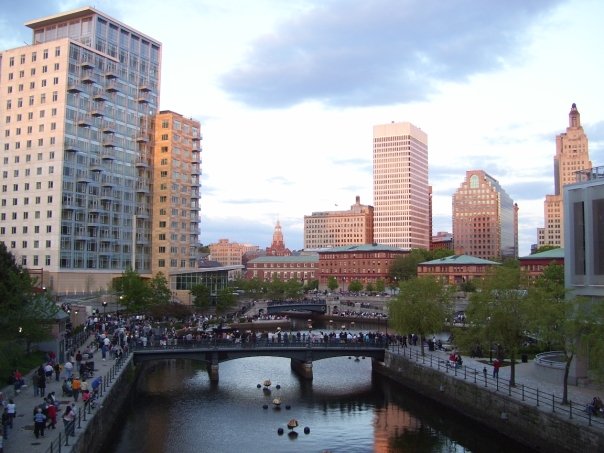 Regionalism and metropolitan government are urban planning orthodoxy. The idea is that we need to have region-wide planning to meet the actual regional needs, which transcend boundaries. And also to have an equitable financing structure.
Regionalism and metropolitan government are urban planning orthodoxy. The idea is that we need to have region-wide planning to meet the actual regional needs, which transcend boundaries. And also to have an equitable financing structure.
So entities like Portland’s Metro (a directly elected layer of regional government on the Oregon side of that metro area) and the Twin Cities’ Metropolitan Council and region-wide tax sharing system are lauded.
Because these regions have been fairly successful and seem to function well, their regional government structures are seen as beneficial.
However, there’s a much stronger case of metropolitan government that shows the other side of the coin: Providence, Rhode Island.
Providence is a metro area of 1.6 million people, of which a million live in the state of Rhode Island and the remainder in Massachusetts.
Because all of Rhode Island is part of the metro area, the state of Rhode Island itself is a functional metropolitan government layer for Providence, similar to Portland’s Metro.
The difference is that Rhode Island is a state, making it a sovereign entity. It has unlimited taxing and legislating power, making it not only a metropolitan regional government, but also the ultimate case of local control in a metro area context.
Now Rhode Island does still have 39 cities and towns. (Counties exist as lines on a map but don’t have governments). However, this is not unlike the other examples I have. Portland’s Metro covers 24 cities and three counties. It appears that the Twin Cities’ Met Council sits over 187 municipalities.
So Providence has a comparable regional government but one with all the powers accruing to a state. This should in theory be an even better case for regional governance, right?
Also, no. There are a lot of good things about Providence, but good governance isn’t one of them. Quite the opposite in fact. The state is famous for corruption, fragmentation, high taxes, concentrated poverty, and fiscal distress.
In other states, urban core dwellers love to rail at the state legislature. In Providence, they love to do the same.
That’s not to say there are no positives. Uber is regulated at the state level, and so was permitted to operate statewide with a single regulatory scheme. This wasn’t a case of local pre-emption, but how things were set up originally. It’s similar with the statewide transit system RIPTA.
But on the whole, being “the city-state” hasn’t seemed to have had much benefit to Providence, although it’s the holy grail for many “if mayors ruled the world” types.
One might argue that a true regional government would consolidate all municipalities. That hasn’t been viewed as a panacea for Toronto. In fact, many blame amalgamation there for the rise of Rob Ford. (In the long run, we’ll see. NYC’s five borough consolidation turned out all right).
I’m not arguing that Providence’s government structure made things worse. But it does indicate that lines on a map and forms of governance may be less influential than we think. You can’t solve political divisions or social and economic changes with just new org charts. You actually have to do the hard work of dealing with them.
from Aaron M. Renn
http://www.urbanophile.com/2017/05/30/providence-shows-the-limits-of-metropolitan-governance/
No comments:
Post a Comment